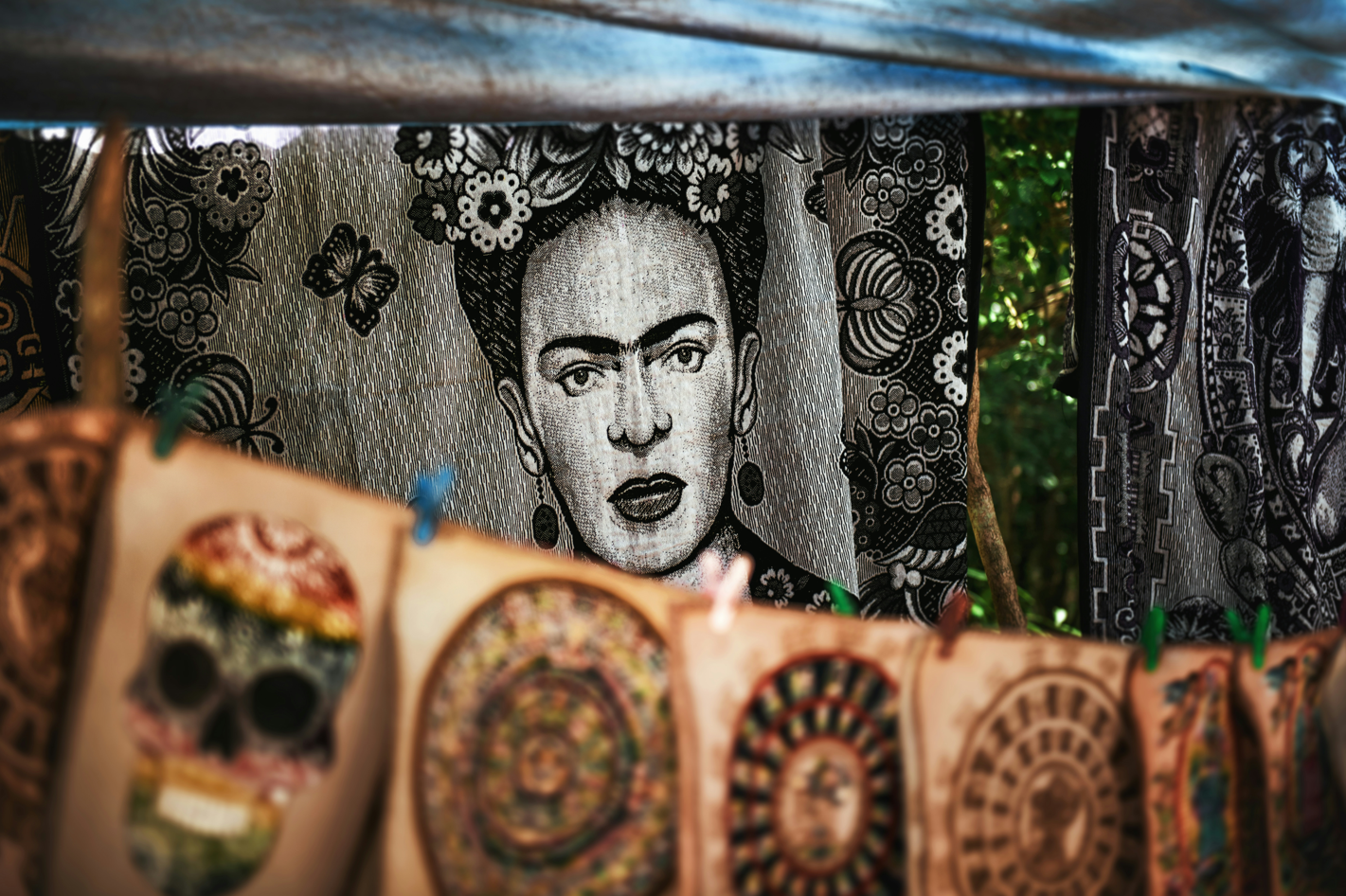It’s March, which means it’s currently International Women’s History Month! In this blog we will take a look back on the women forging history: discussing topics such as mental health, disability and feminism far before their time.
Despite their brilliance though, many of the inspiring poets and novelists of the 20th century are defined by their deaths or hardships, rather than the works that led to their fame.
Magdalena Carmen ‘Frida Kahlo’ y Calderón (1907 – 1954), more commonly known as Frida Kahlo, is a surrealist painter well known for her rich and colourful works; with a heavy proportion containing self portraits that discuss topics such as race, class, her struggles with chronic pain, and gender.
Frida battled Polio in her early years, and despite being disabled by the illness, her dreams of becoming a doctor never faltered. An intelligent woman, she was destined for medical school until the age of 18, when a bus crash injury left her in a state of permanent, chronic pain. This pain, her suffering, alongside the time her recovery took, prompted Frida to take up art as a form of self expression. After marrying her husband in 1929, she developed a solid personal style and began presenting her works in exhibition with the help of fellow surrealist artist Andre Breton.
Over the next two decades, Frida painted a manner of pieces, though her works were relatively unknown until two decades after her death (1954), in the 70s, after it was adopted by the Chicano movement, feminist and LGBT movements – while also becoming one of the most famous Mexican artists to date.
Some of her most famous works include “Henry Ford hospital” (1932), a painting about her experience of miscarrying a child and having to deliver the baby; “The Two Fridas” (1939) – a double self portrait she painted following her divorce from her husband, Diego Rivera, showing the Frida he had loved and the one that he later rejected; and “The Wounded Deer” (1946), which paints an image of her struggle with intense chronic pain.
So why is she a feminist icon?
Frida is a feminist icon for so many reasons – from her forward thinking artwork and her willingness to discuss struggles that many either hadn’t experienced, or had no way to discuss. For many women, she began a figurehead for battling through adversity, knowing your own worth, expressing yourself authentically; and, as most people know her for, defying the feminine beauty standards that are imposed on many of us still to this day.
With such standout visuals and powerful narratives, her works have continued to inspire many of us, and she herself has become an icon after her death; another example of a talented woman being unable to experience the full extent of her influence and success before their death.
By Halle Mills, SGO Project Officer
 Sustainability
Sustainability Bethany Climpson
Bethany Climpson 782
782


